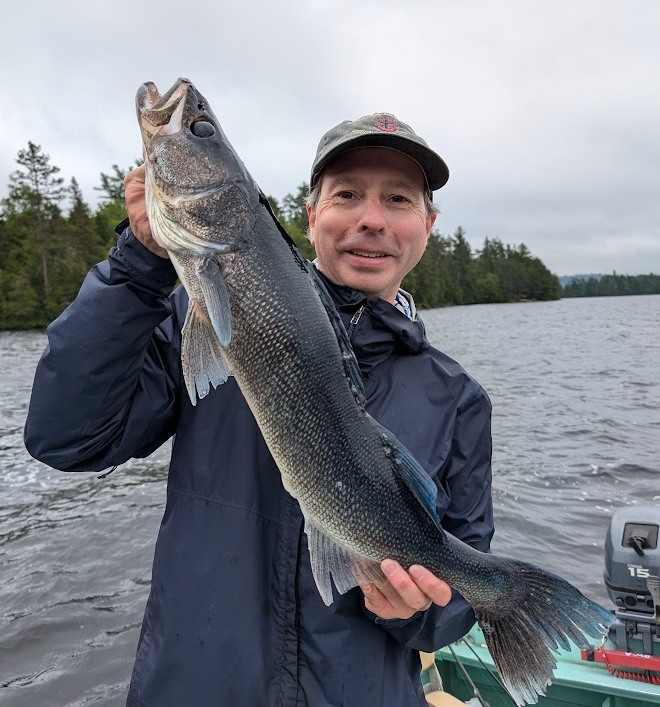Q: What’s the deal with blue walleye?
A: OFAH Fisheries Biologist Adam Weir responds: A quick Google search will bring up numerous results of stories and legends of the fish, but the most relevant article is a study done by Haponski and Stepien published in 2014 titled A population genetic window into the past and future of the walleye Sander vitreus: relation to historic walleye and the extinct “blue pike” S. v. “glaucus.” The “blue pike” was considered to be native to lakes Erie and Ontario where it coinhabited with common walleye. It was originally described as a separate species in the mid-1920s and was eventually downgraded to a subspecies.
According to records, the last “blue pike” was caught in 1965 and was later declared extinct in 1983 by the US Fish and Wildlife Service. It was believed that overexploitation from commercial fishing as well as other factors led to its demise.

The study analyzed genetic and morphological characters and determined that the “...historic blue pike appears genetically indistinguishable from walleye populations. It has no unique genetic variation.” The findings show that the blue pike is not a separate species, nor could it be recognized as its own subspecies.
The authors also point out colour isn’t a good identification feature as it can be highly variable within walleye populations as well as other fish species. Haponski and Stepien took samples from a present day report of a blue coloured walleye caught in Lake Erie, but genetic testing also confirmed this fish had the most common genetic markers for walleye.
I would also like to mention that some walleye in northern waters (along the Canadian Shield) are colored bright turquoise-blue due to sandercyanin protein in the mucus. It’s amazing when science changes our outlook and understanding of things. It reminds me of aurora trout, which was once considered a separate species and listed as federally endangered in Canada, but genetic testing eventually determined it to just be a colour variant of brook trout.
Send your questions by clicking here
Originally published in Ontario OUT of DOORS’ Fishing Annual 2025


Contact Information
PO Box 2800 / 4601 Guthrie Dr.
Peterborough, Ontario Canada K9J 8L5
Phone: 705-748-OFAH (6324)
Fax: 705-748-9577
Join Our Newsletter
Watch
Shop
Follow